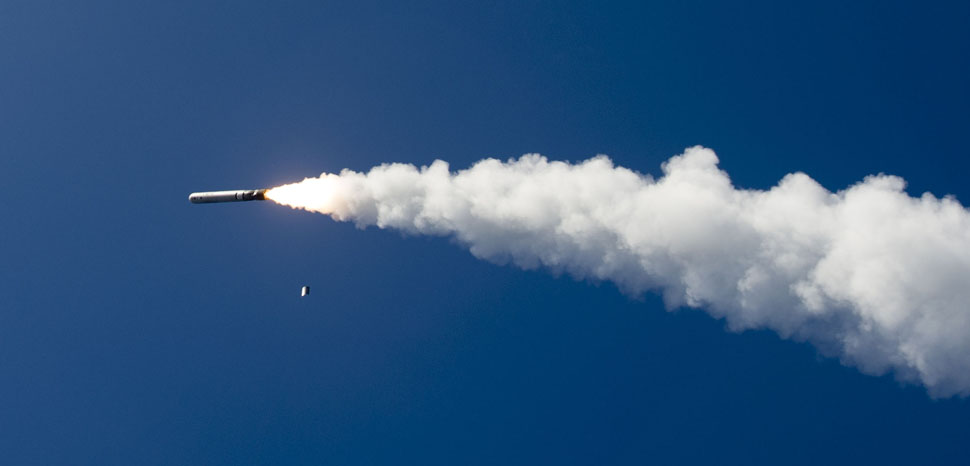Summary
Hypersonic missiles are a new category of weapons which have sparked intense debate among security experts. Capable of travelling over five times the speed of sound (Mach 5), and of performing evasive maneuvers mid-flight, they are considered practically impossible to intercept using conventional missile defence systems. Adding that in some cases they can carry nuclear warheads, it is immediately clear why they have caused so much concern in regard to their impact on the global strategic equilibrium. The world’s leading military powers (the United States, China, and Russia) and other states are working on their development. Even though their specific technical characteristics and actual performance remain shrouded in secrecy, hypersonic weapons are poised to become an integral part of future warfare, with noteworthy implications in military and international terms.
Background
Hypersonic missiles: the current state of the art
By definition, hypersonic missiles are vectors capable of reaching speeds equal or superior to Mach 5. There are two sub-types of systems. The first is hypersonic glide vehicles (HGVs), which are launched by ballistic missiles and separate from them in flight to glide at hypersonic speed toward their target; the second is hypersonic cruise missiles (HCMs), which are fired like conventional cruise missiles and use scramjet engines to reach the required speed. In both cases, their sheer rapidity combined with the ability to perform complex evasive maneuvers makes interception a nearly-impossible challenge. As of today, no missile defence system is considered capable of intercepting hypersonic vectors. The United States has explored various anti-hypersonic solutions, but they are still at an early stage of development. Accordingly, no effective defences exist today against hypersonic strikes; and even though progress may be made in the future, interception will remain a daunting technical challenge, especially in the case of a large-scale attack. Moreover, the fact that hypersonic systems can be armed with nuclear warheads elevates this technical problem to the level of strategic deterrence. Unsurprisingly, the Untied States has paid particular attention to the development of hypersonic missiles, monitoring both progress made by its own programs as well as those of competitors and allies, as shown by a recent report by the Congressional Research Service.
Russia and China are developing hypersonic weapons in the context of their anti-access / area denial (A2/AD) strategy designed to keep US forces far from their territory and make it impossible for them effectively operate nearby. According to this logic, hypersonic missiles would be used to threaten US carrier battle groups, forward bases, logistical infrastructure, etc. In addition, both regard hypersonic vectors as a countermeasure to overcome US anti-ballistic missile defences, which in their opinion undermine the nuclear balance by (theoretically) allowing the US to launch their nuclear weapons without fear of retaliation. Owing to their ability to bypass existing defences, hypersonic missiles would deprive America of its perceived advantage and restore the traditional equilibrium based on mutually assured destruction (MAD).




